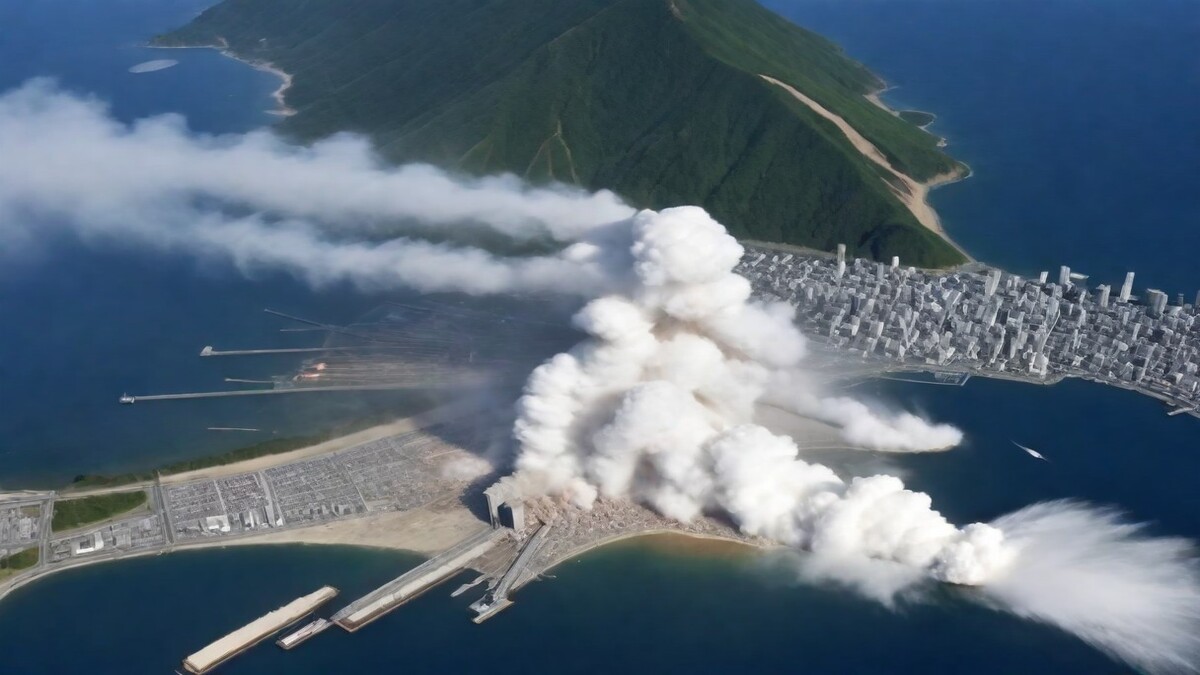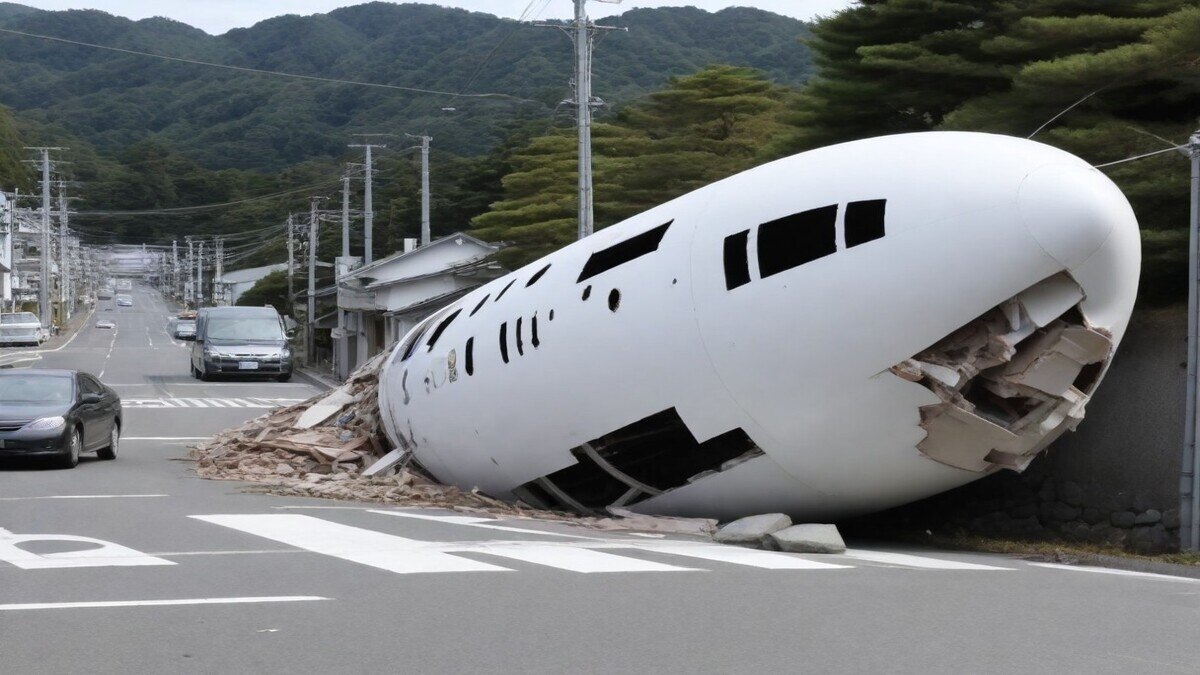The earth lurched beneath Japan’s Nanyo region on April 17th, 2024, sending tremors through the island nation. This 6.4 magnitude earthquake comes just hours after Taiwan experienced seismic activity of intensity 5. While details are still emerging, here’s a comprehensive look at the latest updates, potential aftershocks, and expert predictions.
Earthquake in Nanyo Region, Japan: A Breakdown
Epicenter and Intensity:
The Japan Meteorological Agency (JMA) reports the earthquake struck at a depth of approximately 30 kilometers (18.6 miles) with its epicenter located in the Nanyo region. This relatively shallow depth can often translate to a more significant impact on the surface.
Damage and Casualties:
Authorities are currently assessing the damage caused by the earthquake. While initial reports haven’t indicated widespread destruction, some buildings are reported to have sustained cracks and fallen debris. Thankfully, there haven’t been any confirmed casualties at the time of this writing.
Tremors Felt Across Japan:
The earthquake’s tremors were felt across a significant portion of Japan, including major cities like Tokyo. While the shaking might have been alarming for some, the distance from the epicenter likely prevented more severe damage in these areas.
Aftershocks and Potential Threats
Anticipating Aftershocks:
Following a major earthquake, aftershocks are a natural phenomenon. Experts anticipate aftershocks in the Nanyo region, potentially ranging from mild tremors to more substantial quakes.
Tsunami Warning:
Fortunately, the JMA hasn’t issued any tsunami warnings following this earthquake. This is likely due to the depth and location of the tremor, which often play a crucial role in generating tsunamis.
Expert Predictions:
Geologists and seismologists are closely monitoring the situation. While predicting earthquakes with absolute certainty remains a challenge, experts will analyze the aftershock patterns to assess potential threats and guide emergency response efforts.
Comparison to Recent Seismic Activity
Taiwan’s Earlier Tremor:
The earthquake in Nanyo comes just hours after Taiwan experienced a level 5 seismic event. While the two events likely weren’t directly connected, they highlight the seismically active region of East Asia.
Japan’s History with Earthquakes:
Japan is one of the most earthquake-prone countries globally. The nation has a well-established infrastructure and emergency response system developed to handle such events. This experience will likely prove invaluable in the current situation.
Focus on Preparedness
Safety Measures during Earthquakes:
Drop, Cover, and Hold On: If you experience an earthquake, remember the “Drop, Cover, and Hold On” technique. Take cover under a sturdy object such as a desk or table, and hold on firmly until the shaking stops.
Evacuation Plans: Having a pre-determined evacuation plan for your home and workplace ensures swift and safe movement if necessary.
Emergency Kit: Prepare an emergency kit with essential supplies like water, non-perishable food, first-aid supplies, and a flashlight in case of extended disruption.
The earthquake in Japan’s Nanyo region serves as a stark reminder of the ever-present threat of seismic activity. While the initial reports are encouraging, continued monitoring and preparedness are crucial. Staying informed through official sources and following safety protocols will be essential in navigating this event and any potential aftershocks.
FAQs
What is the magnitude of the earthquake? – The earthquake measured 6.4 on the Richter Scale.
Where was the epicenter located? – The epicenter was located in Japan’s Nanyo region.
Have there been any casualties reported? – As of now, there haven’t been any confirmed casualties.
Is there a tsunami warning in effect? – No, there is no tsunami warning issued by the Japan Meteorological Agency.
What should I do if I experience an earthquake? – If you experience an earthquake, remember “Drop, Cover, and Hold On”. Take cover under a sturdy object and hold on until the shaking stops.
Are there any aftershocks expected? – Aftershocks are likely in the Nanyo region, but their intensity is difficult to predict.
How can I stay informed about the situation? – Follow updates from official sources like the Japan Meteorological Agency and local news outlets.
What can I do to prepare for future earthquakes? – Prepare an emergency kit with essentials, establish an evacuation plan for your home and workplace, and familiarize yourself with earthquake safety measures like “Drop, Cover, and Hold On.”
Is Japan well-equipped to handle earthquakes? – Yes, Japan is one of the most earthquake-prone countries globally and has a well-developed infrastructure and emergency response system for such events.
How does this earthquake compare to the recent tremor in Taiwan? – The two events likely weren’t directly connected, but they highlight the seismically active region of East Asia. The Taiwan tremor was less intense at a level 5, while the Japan earthquake measured 6.4 on the Richter Scale.






